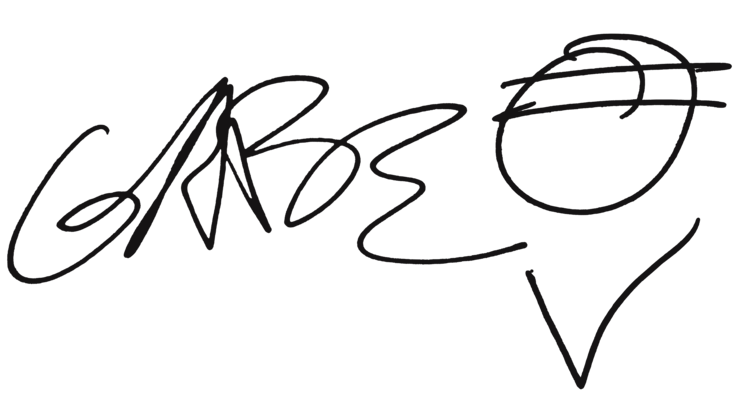Most artists have the pre-show chant, shot, prayer, speech, song that they do just before walking on stage.
Why?
Easy, it is thought to set the tone for the show. The act wants to be unified or happy or smiling or confident or contemplative or some combination pertaining to what is deemed important.
But really the pre-show thing (and I’ve been a part of thousands of them) does a good job of setting up the walking on stage at best…beyond that it loses its force quickly.
BUT then the walking on stage picks up it’s importance and sets up the next thing.
And the next thing sets up the next thing.
Thing after thing. Each one being set up by the one before.
So you have your pre-show thing, and it carries the power to intentionally influence your walking on stage in the way that you want to walk on stage.
But now carry the idea through…what is the walking on stage thing that will influence the next thing?
And so on.

p.s. The last thing (for the audience) at each show will be you leaving the stage: a depression, absence, void, longing.
The goal is to ultimately set up that moment to be as strong as possible.
Don’t miss a post. Sign up for free.
I’m always interested in your perspective, whether affirming or dissenting. Continue the conversation anytime: gabethebassplayer@gmail.com





